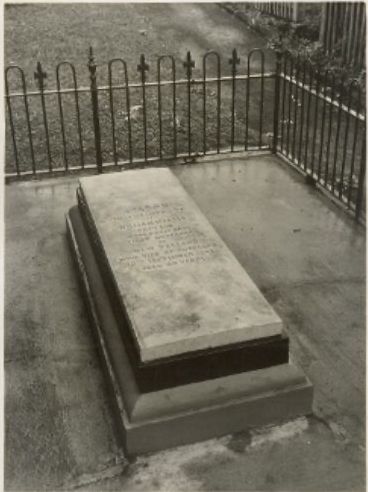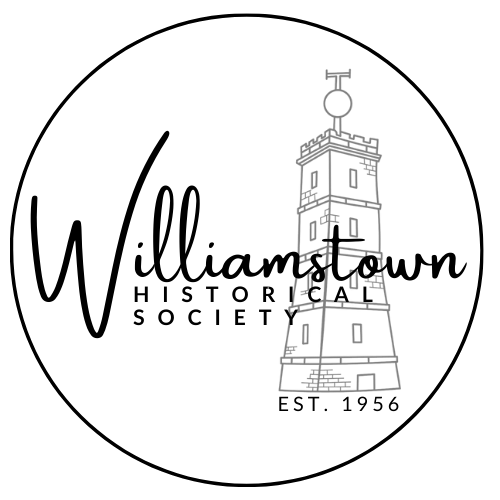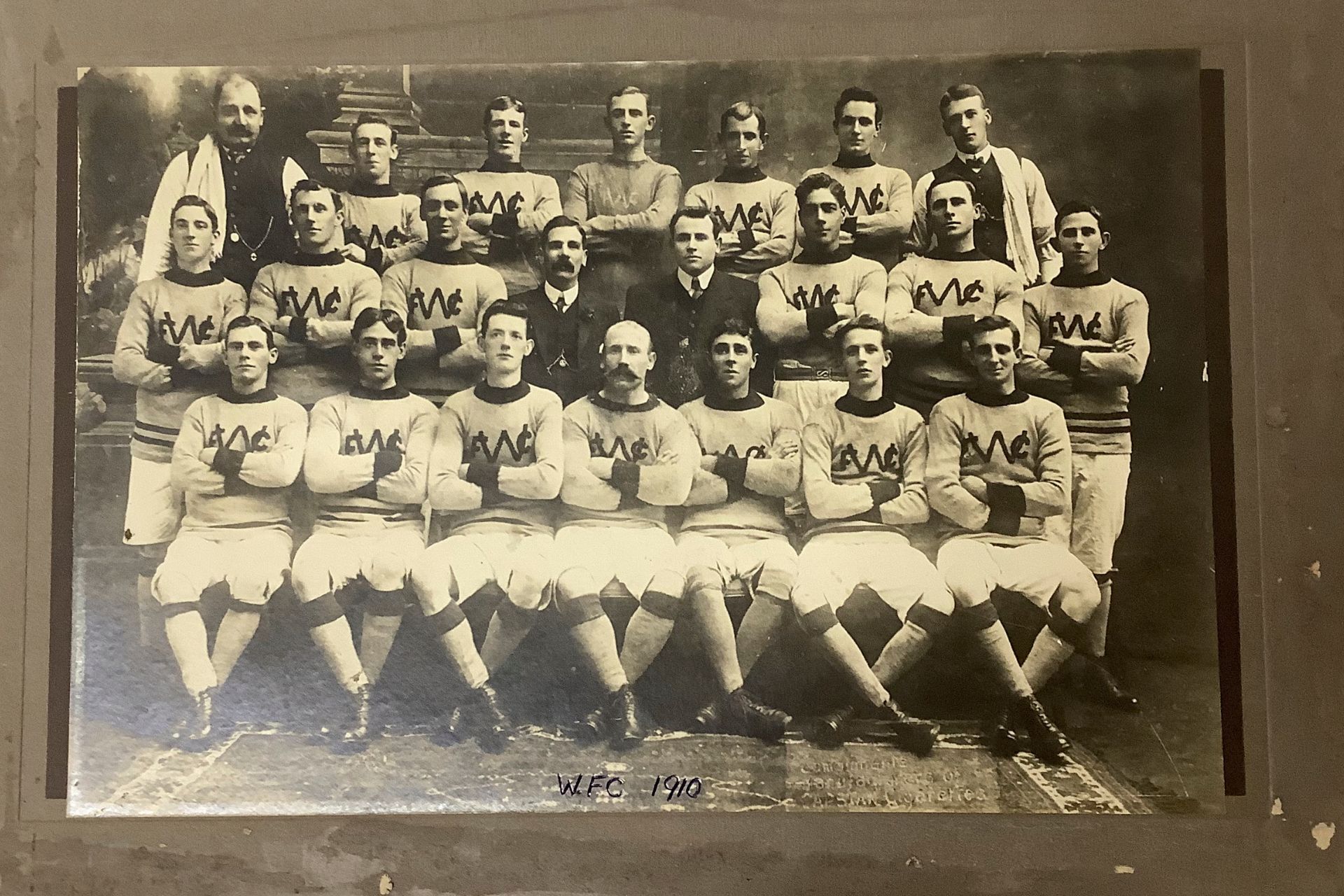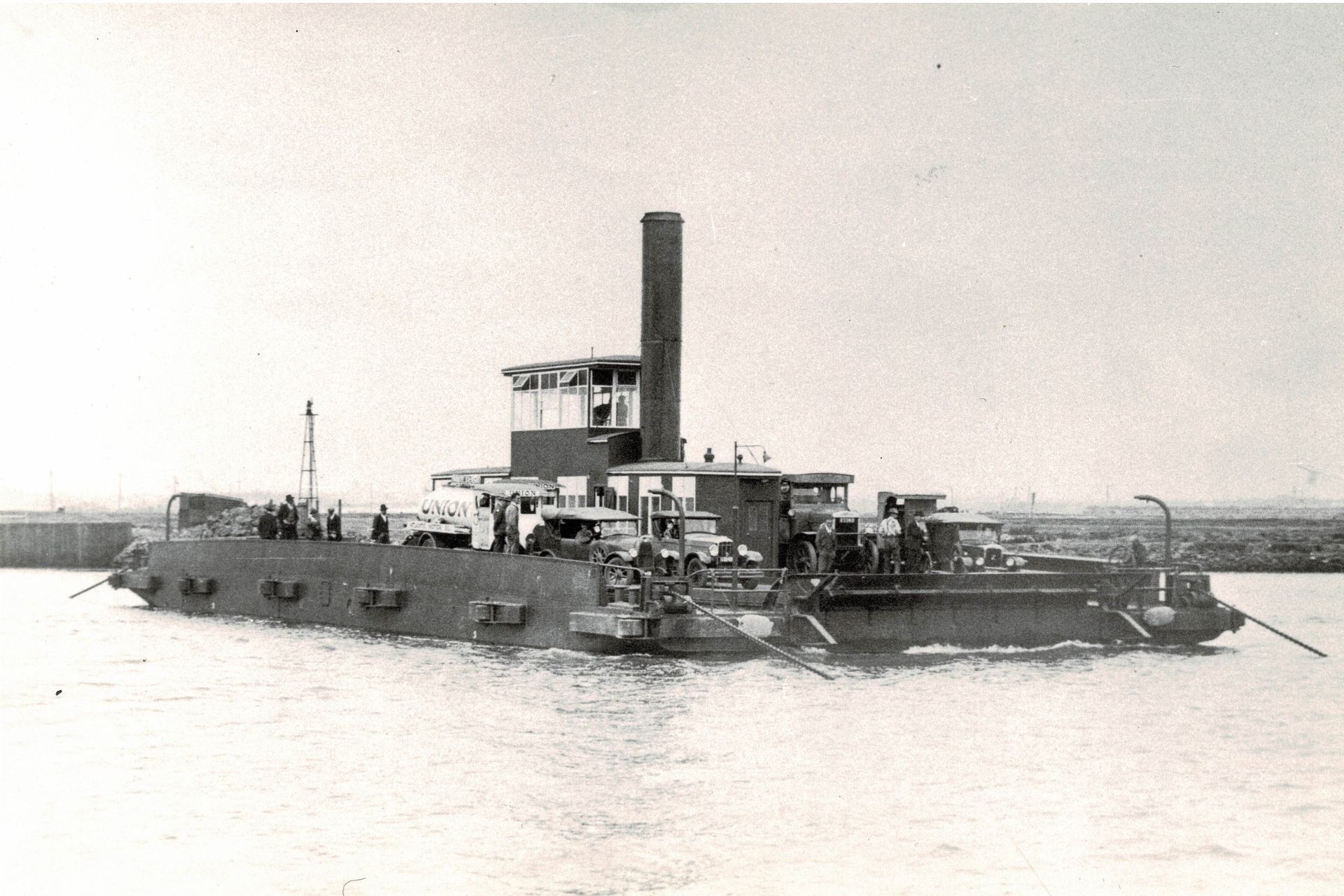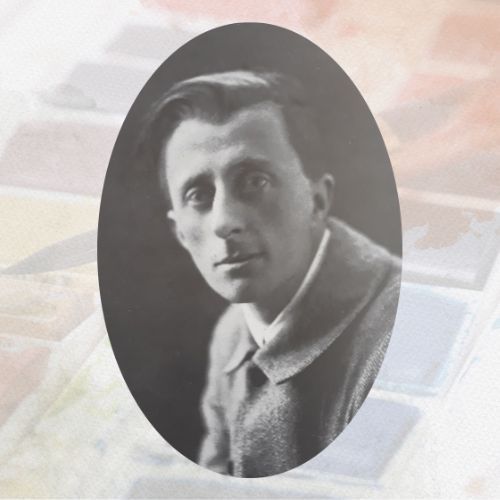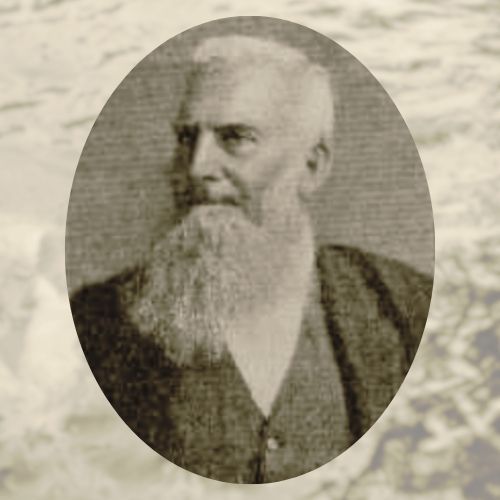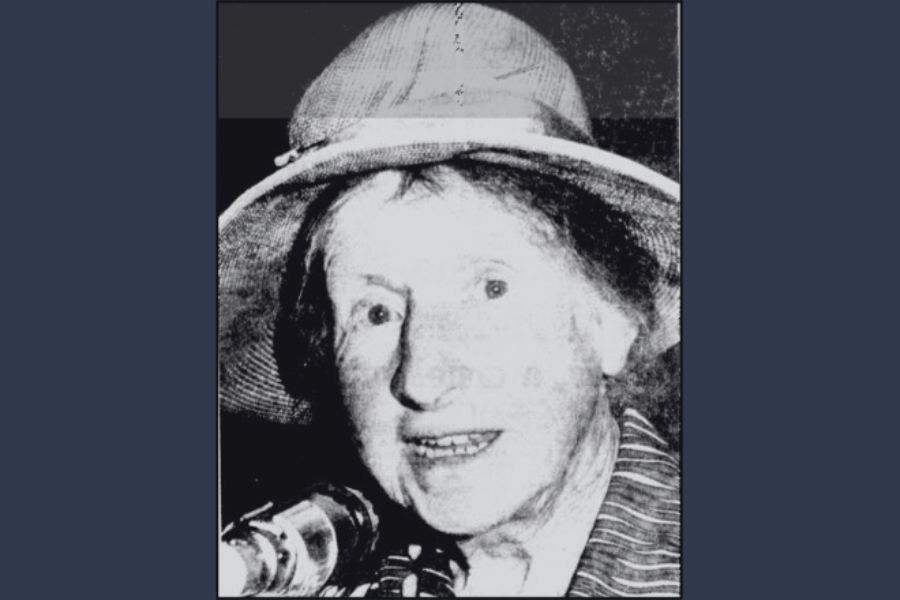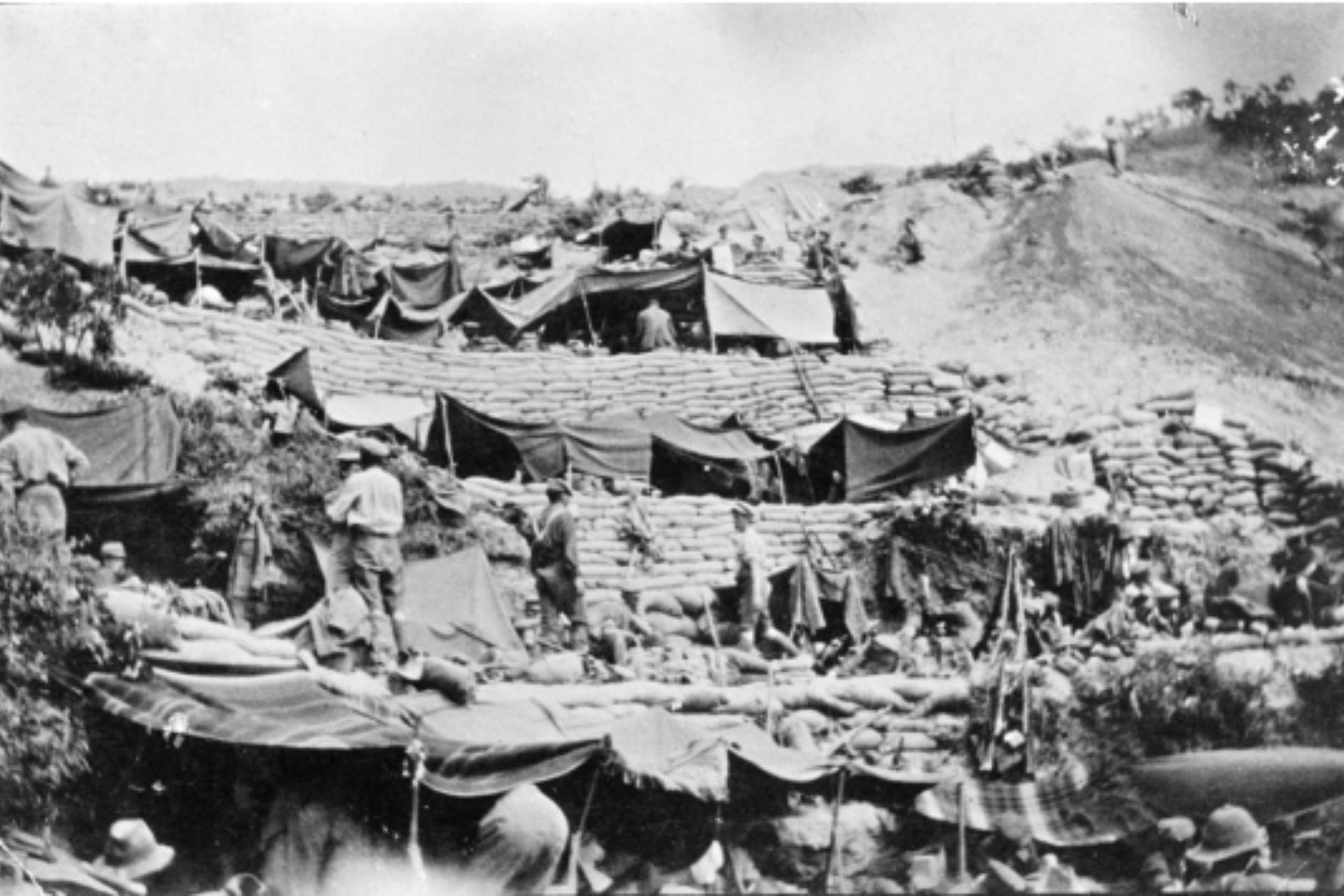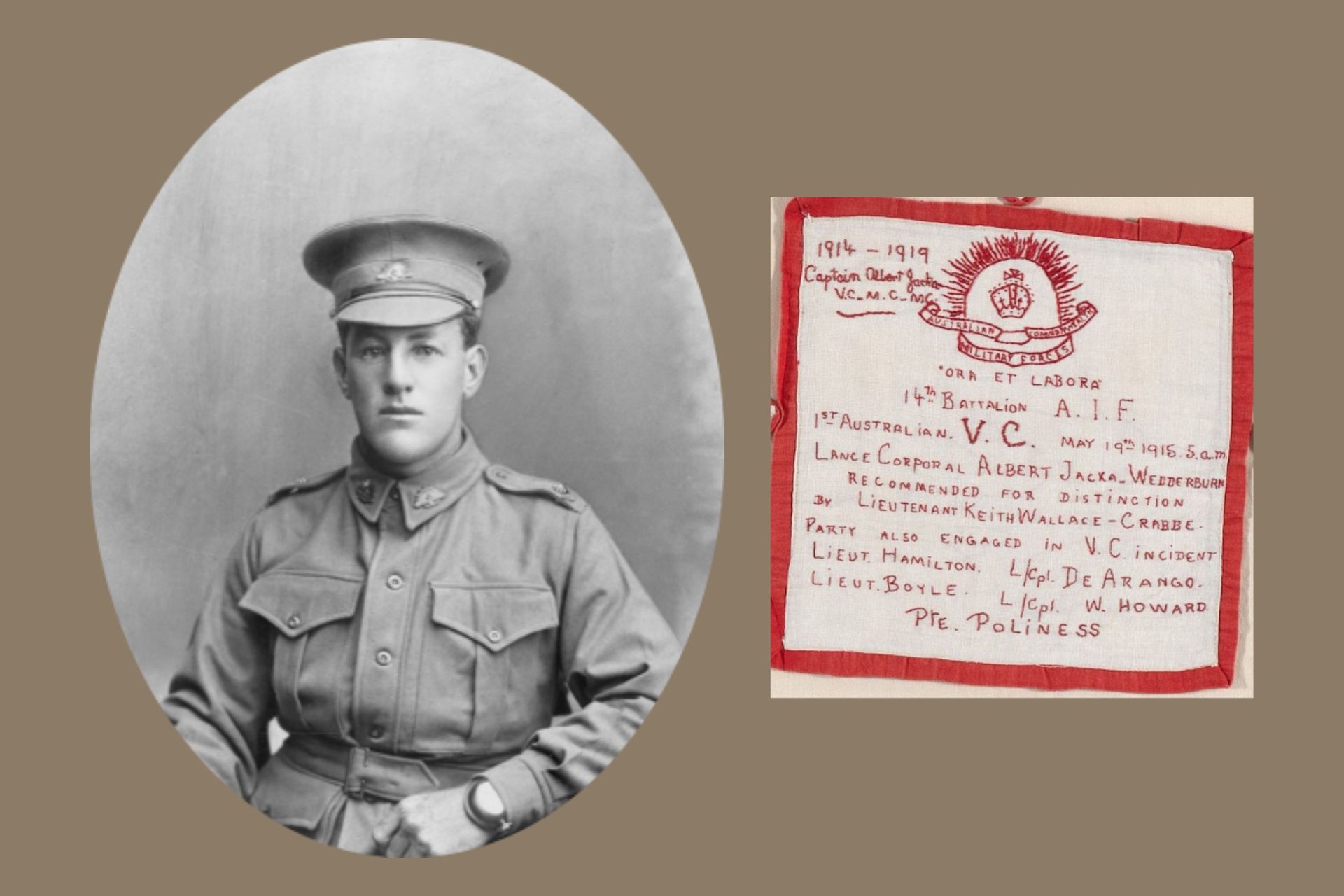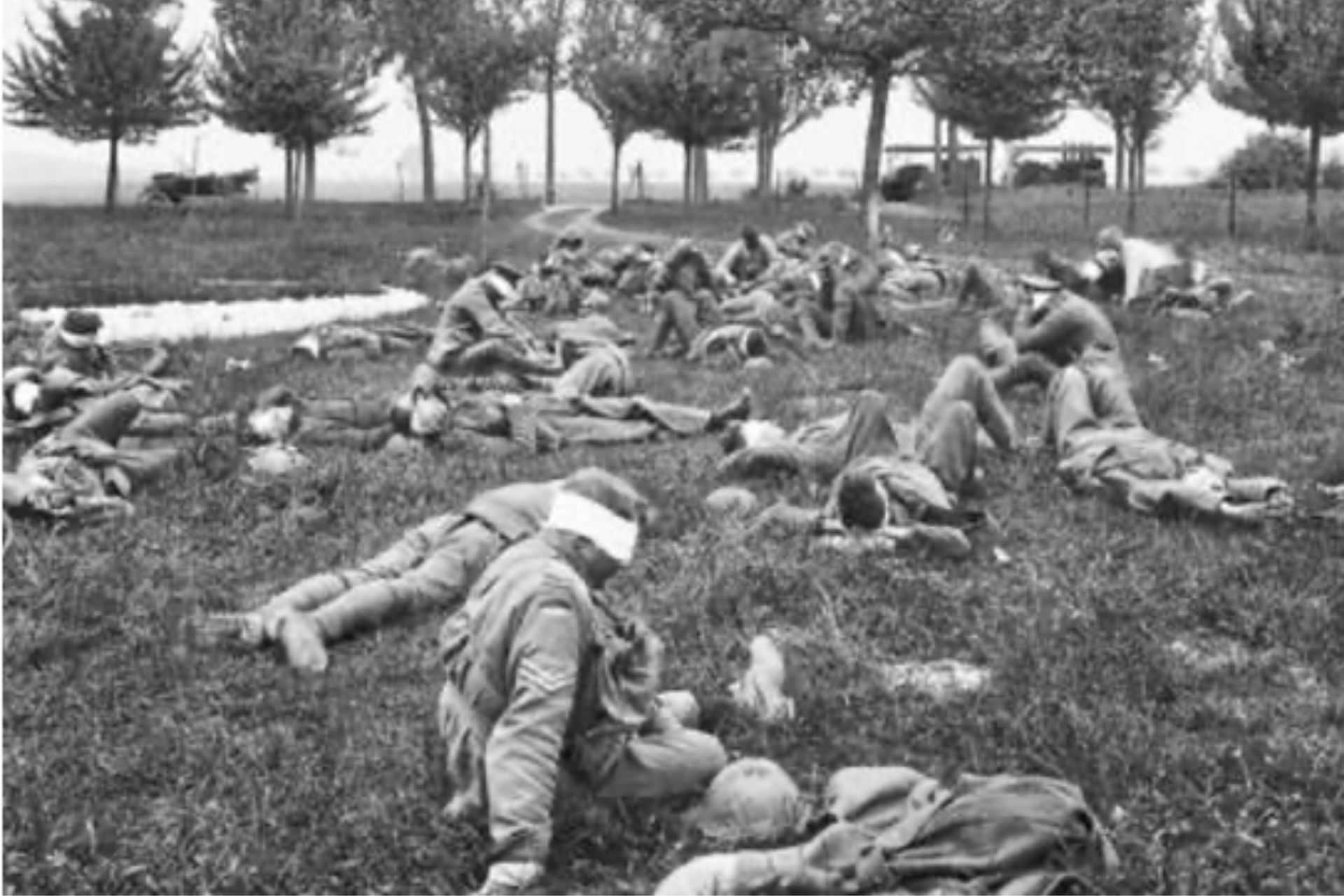Williamstown Notable - Captain William Hobson
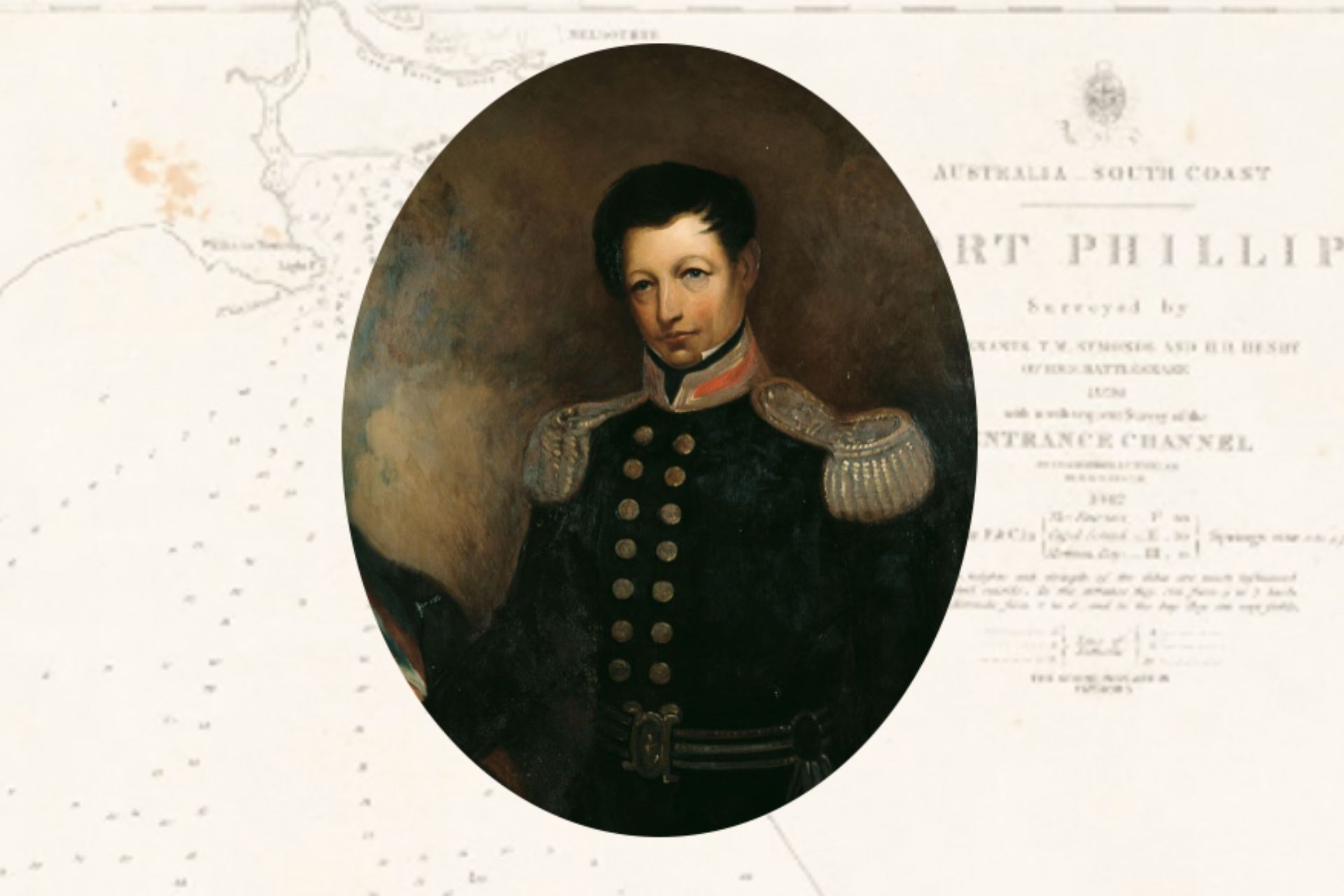
Charting a New Course: The Life and Legacy of Captain William Hobson
Born: 26 September, 1792, Ireland, arriving in Australia in 1836
Died: 10 September, 1842, New Zealand
William Hobson was born in Waterford, Ireland, the son of Samuel Meade Hobson, a barrister and Martha (née Jones), a member of an Anglo-Irish family who were prominent in church and state.
He joined the Royal Navy on 25 August 1803 through the patronage of Captain John Poo Beresford as a second-class volunteer. He served in the Napoleonic Wars and was later involved in the suppression of piracy in the Caribbean. He became a Midshipman in 1806 and some seven years later was a First Lieutenant. In 1814 he joined the HMS Spy and distinguished himself in the Mediterranean in a daring and successful foray against pirates. He was promoted to Commander in May 1824 and commanded HMS Scylla between 1826 and 1828 in the West Indies.
On 17 December, 1827 in Nassau, Bahamas, he married Eliza Ann Elliott, the only daughter of a West Indian merchant of Scottish origin. The couple went on to have one son and four daughters.
In December 1834, he obtained a commission from Lord Auckland to the East Indies on HMS Rattlesnake. In 1836, he was ordered to Australia, arriving at Hobart on 5 August, 1836 and at Sydney 18 days later.
On 18 September, 1836, HMS Rattlesnake left for the Port Phillip District (later Melbourne) conveying Captain Lonsdale and other officials to the new colony. During the next three months, the ship lay off Point Gellibrand and Hobson and three of his officers thoroughly surveyed the bay and made charts. One of the coast of Port Phillip, one of the navigable channels and one of Hobsons Bay. He made several excursions into the adjacent country, sometimes to hunt with the local Aboriginals, whom he found ‘an inoffensive and rather an intelligent race of people’
By direction of Governor Sir Richard Bourke, Hobsons Bay was named after him.
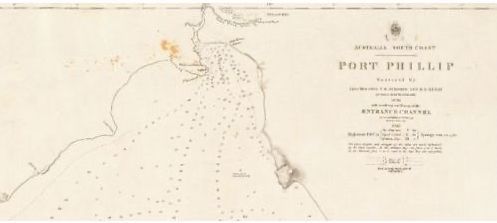
He was then offered the position of Superintendent of the Bombay Marine at a salary of £2000 a year, but he had taken a liking to Australia and was a candidate for the governorship of Port Phillip, although the salary was not expected to be more than £800 a year. HMS Rattlesnake returned to Port Phillip in March, 1837 with Governor Bourke which was his first visit to the new settlement. He accompanied Bourke and Phillip Parker King on a number of exploring expeditions. The more recently created City of Hobsons Bay is also name after him.
His mission at Port Phillip had only just been completed when news came through that war had broken out in the North Island of New Zealand and he was then despatched to the Bay of Islands in May, 1937. He visited the main European and native settlements and then returned to Sydney.
The British Government, which had been impressed by his report on New Zealand, appointed him British consul in New Zealand in December, 1839. Hobson was appointed to take the constitutional steps needed to establish a British Colony in New Zealand. He was sworn in as Lieutenant-Governor in Sydney and arrived in New Zealand on 29 January, 1840 and was instructed to negotiate a voluntary transfer of sovereignty from the Māori to the British Crown as the House of Lords select committee had recommended in 1837. Hobson was given three instructions – to seek a cession of sovereignty, to assume complete control over land matters, and to establish a form of civil government, but he did not provide a draft of the treaty.
On 5 February 1840, Hobson met with Māori chiefs at Waitangi, where they signed a treaty by which the chiefs voluntarily transferred sovereignty to the British Crown in return for guarantees respecting their lands and possessions and their rights as British subjects. Three months later, Hobson proclaimed British sovereignty over the islands of New Zealand. He also selected the site for a capital in the North Island, which he named Auckland.
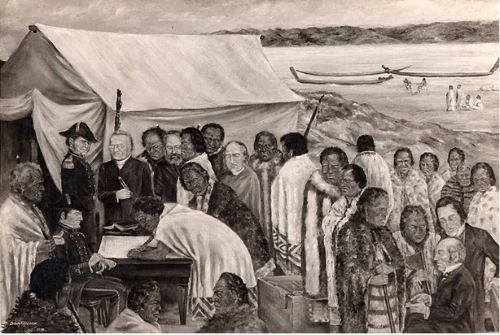
In May 1841, New Zealand ceased to be a protectorate of New South Wales and became a separate Crown Colony in its own right, with Hobson promoted to Governor and Commander in Chief. The administration was short of cash and had frequent conflict with settlers, who were hungry for land and wanted control of the colony's government.
In his final months Hobson was dogged by poor health which left him detached from political affairs and after barely two years as Governor, he died from a stroke at the age of 49 on 10th September, 1842 and was buried in the Symonds Street Cemetery in Auckland, New Zealand.
The inscription on his grave reads:
SACRED
TO THE MEMORY
OF
WILLIAM HOBSON
CAPTAIN
IN THE ROYAL NAVY
FIRST GOVERNOR
OF
NEW ZEALAND
WHO DIED AT AUCKLAND
10TH SEPTEMBER 1842
AGED 49 YEARS
